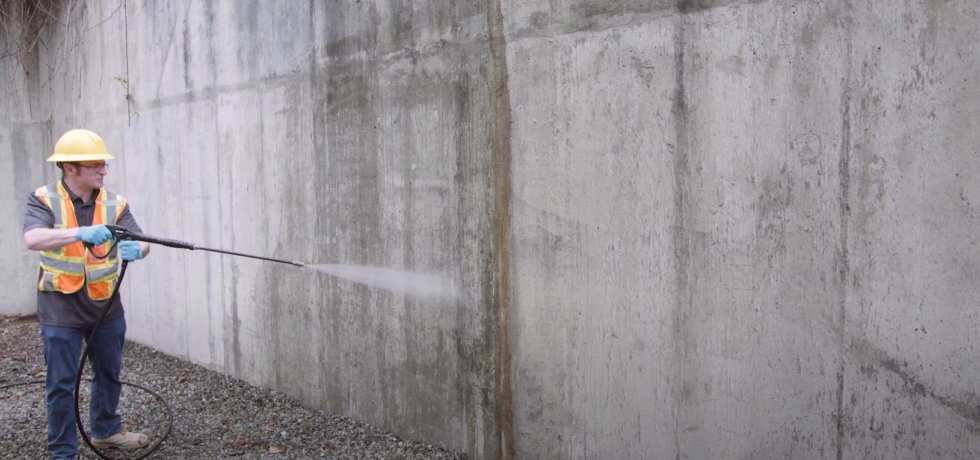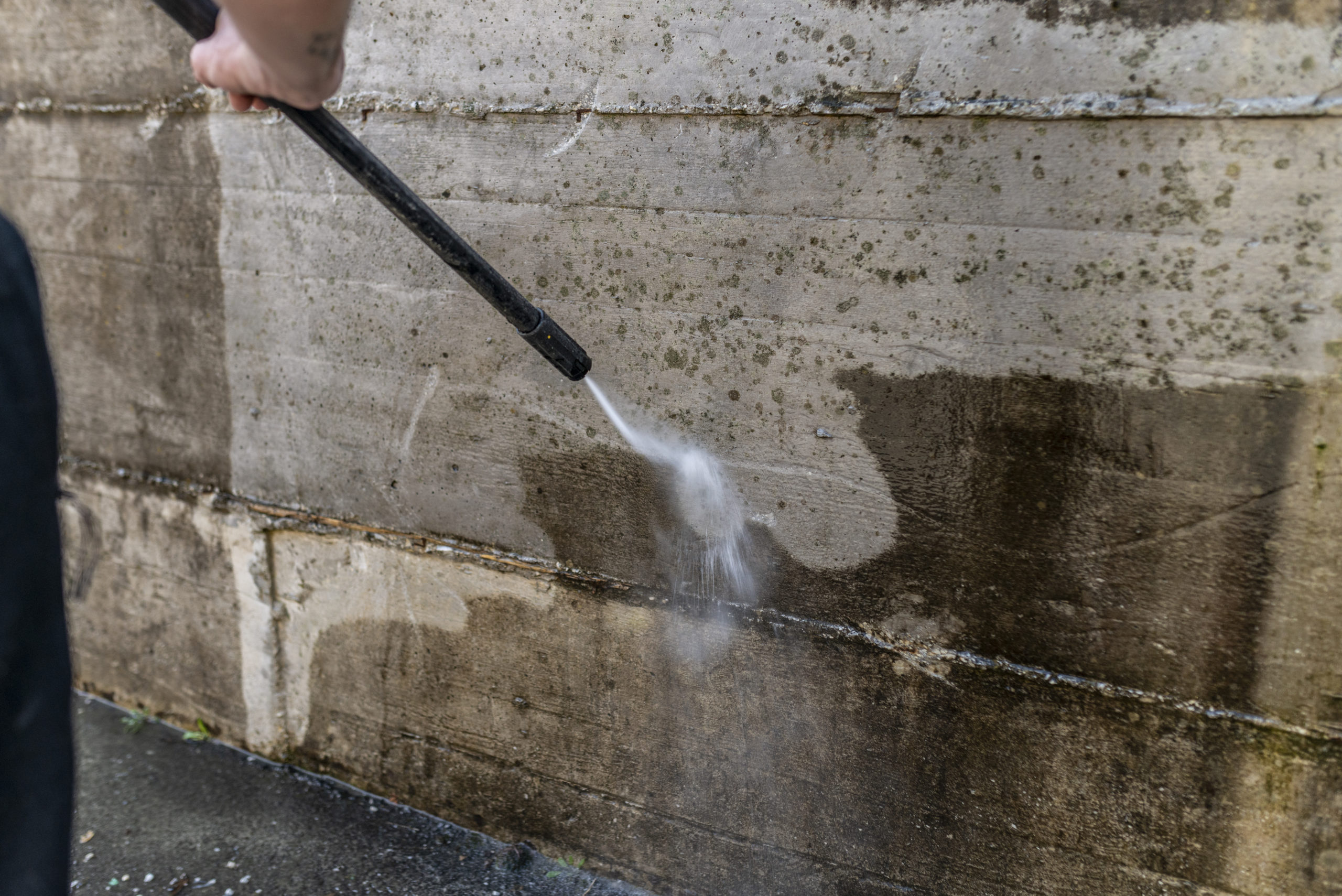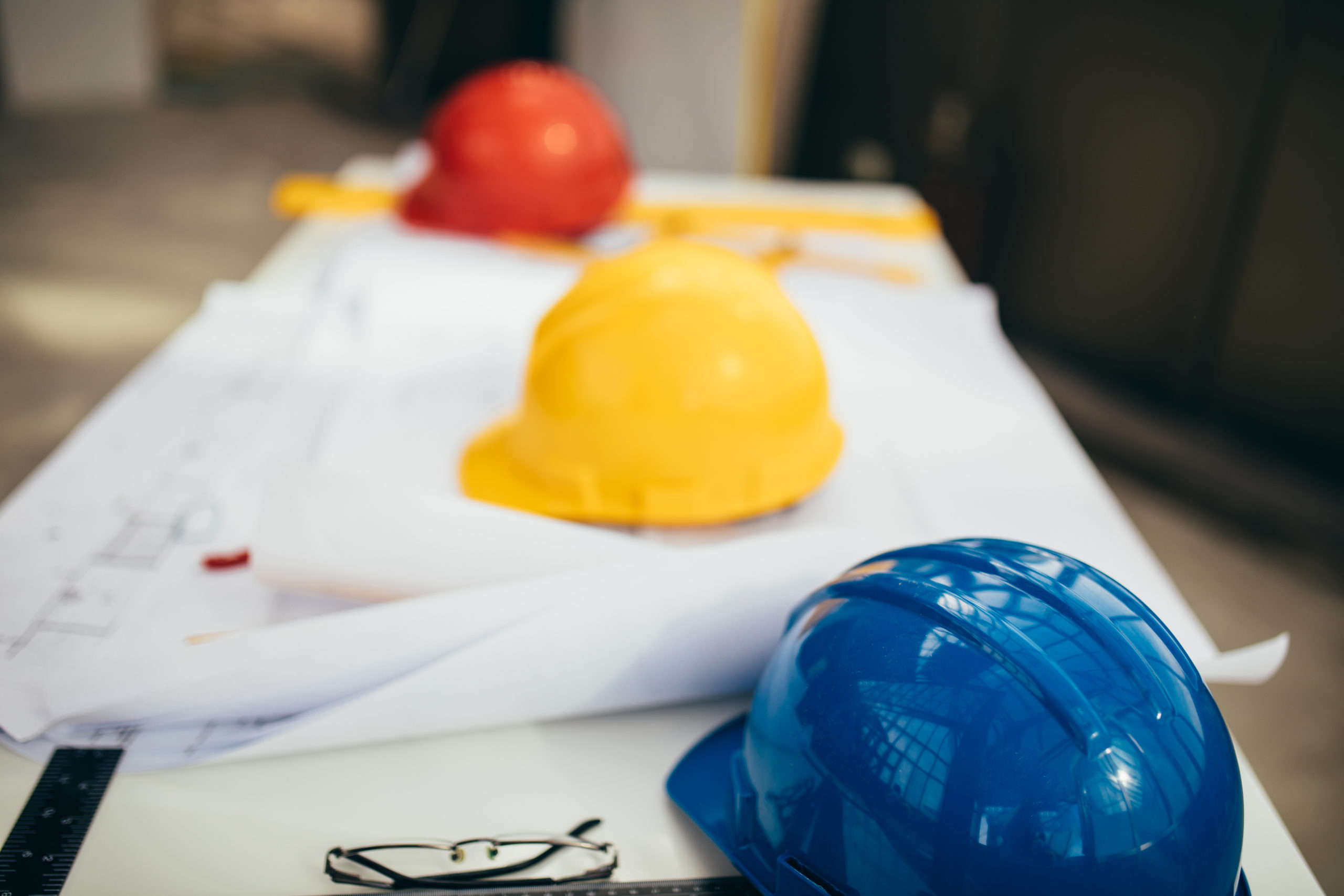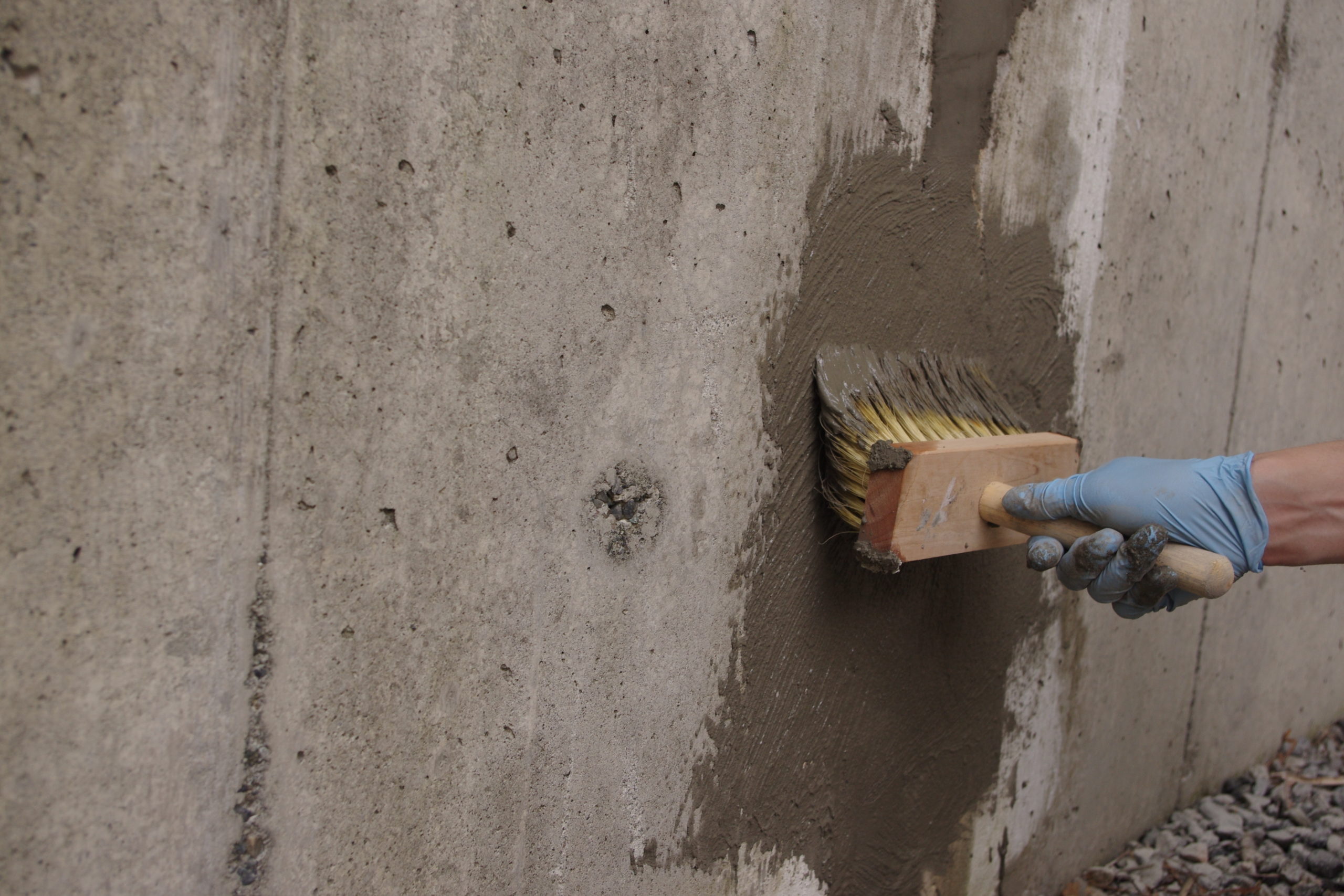Category
- Concrete Best Practices
- Most Popular
For those of you just starting out in the concrete construction industry, you may have heard once or twice about needing to bring concrete to SSD conditions. But what is SSD? Why is it an important condition for concrete? And what is the best way to achieve it?
These are all crucial questions to know to keep a concrete structure secure. So let’s give the term SSD the in-depth overview it deserves.
To Start, We Should First Define SSD
SSD is an abbreviation for the term saturated-surface-dry. As we briefly touched on earlier, it’s referring to a condition that concrete needs to be in at times.
More specifically, it’s a condition you should give your concrete when you want to apply a cement product to the concrete’s surface. For instance, if you want to repair the surface with a grout or similar product, you’ll need the surface to be in SSD conditions.
And that means ensuring that the outer surface of the concrete is only slightly damp with no free water remaining. It should be like if that surface had been dried with a towel. Meanwhile, the concrete pores should be saturated with water to a depth of several millimeters.
So, Now We Know What SSD Is, But Why Is It Important?
It might not seem like much, but making your concrete surface SSD when you’re applying cement products to it is crucial. After all, without that surface condition, the concrete can end up absorbing too much water from the material that was meant to repair it. That in turn can lead to an excessive amount of shrinkage. However, if your concrete does have the right SSD condition, then you can avoid that concern.
How?
Well, under that condition, the old concrete being repaired will not absorb the repair material’s mix water. Because of that, it helps promote a good bond strength for the repair material.
If You Want to Achieve SSD, We Have a Couple Recommendations
As it’s likely you’ll want an SSD surface mainly for when you’re repairing concrete, think about the kind of repair you need to do. Does it happen to involve concrete leaks? Or will you be focusing on defective concrete?
If either is the case, we have a few recommendations on how you can best achieve SSD.
Make Sure Your Concrete Surface Has Been Properly Prepared First
Your first plan of action should be to clean the surface. That means removing defects, paint, dirt, sealers, form release agents, laitance, other contaminants, and debris from the concrete surface you want to treat.
You may want to remove defects with a chipping hammer or chisel depending on the repair you’re making. (However, this step is not always necessary, so review your preparation procedure carefully!)
Then, to remove anything else unwanted from the concrete surface, you should choose one of the following methods:
- High-pressure water blasting (with a minimum of 3,000 psi)
- Sandblasting
- Scarifying
- Shot blasting
You may also consider acid etching. But we suggest avoiding it as it is not recommended for many repair products. Still, if it’s necessary for your project to use it, make sure all traces of the acid are neutralized and rinsed away at the end.
In the end, the most ideal form of surface cleaning for you is likely to be high-pressure water blasting. It both cleans and saturates concrete, allowing you to prepare your concrete surface and reach SSD conditions sooner.
Consider Adding Moisture Next If You Haven’t Already
If you didn’t go with high-pressure water blasting, then this is the time to thoroughly pre-soak your concrete surface with water.
After your concrete surface is soaked, remove any excess water with a sponge or vacuum.
And that’s it! From there, your concrete should have become SSD and you can start applying your cement product.
The Next Time You Need to Repair Concrete, Just Think of SSD
It’s a critical component of making your cementitious repair product work effectively. So when you have a concrete repair to manage, keep SSD and other best concrete surface preparation methods in mind.








